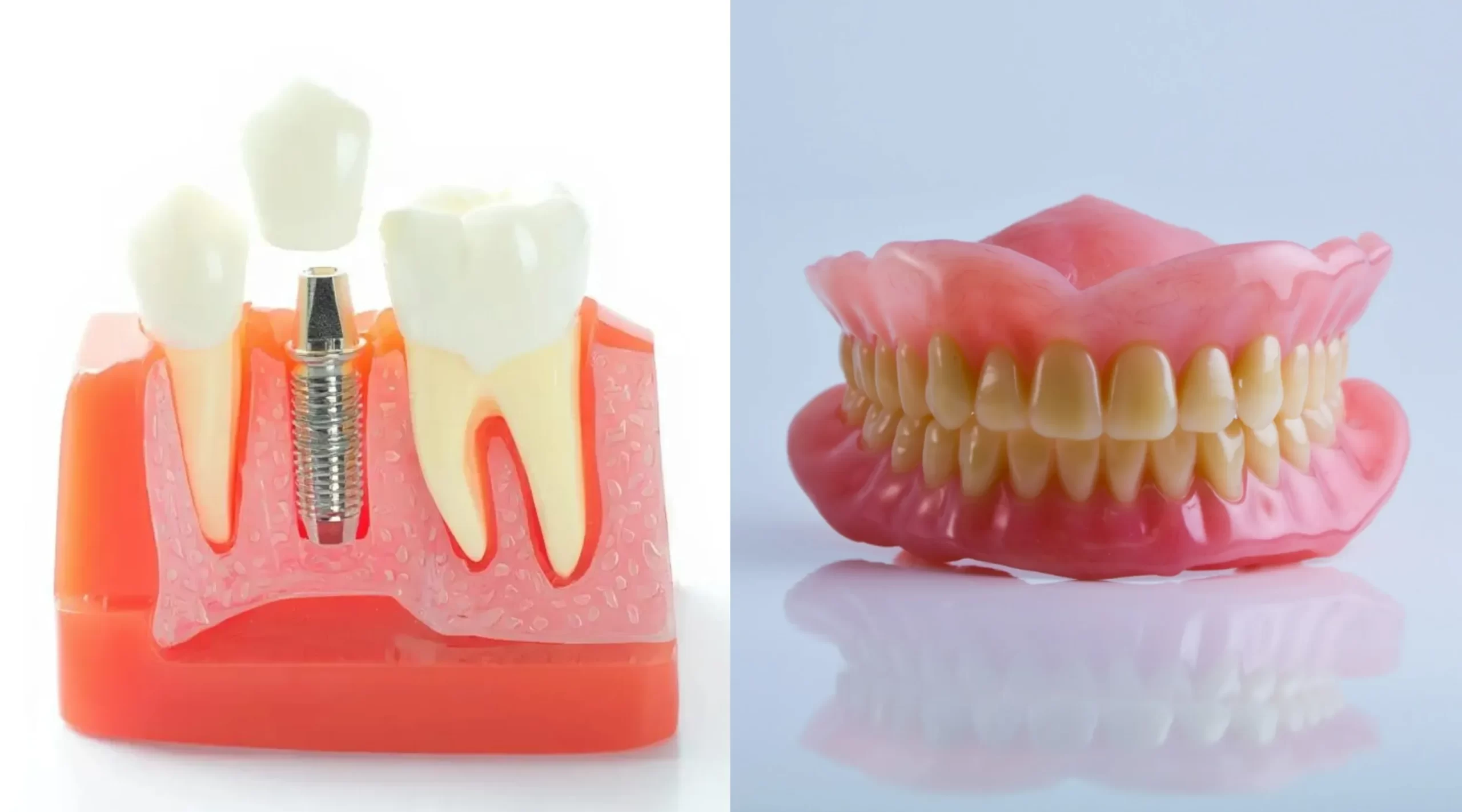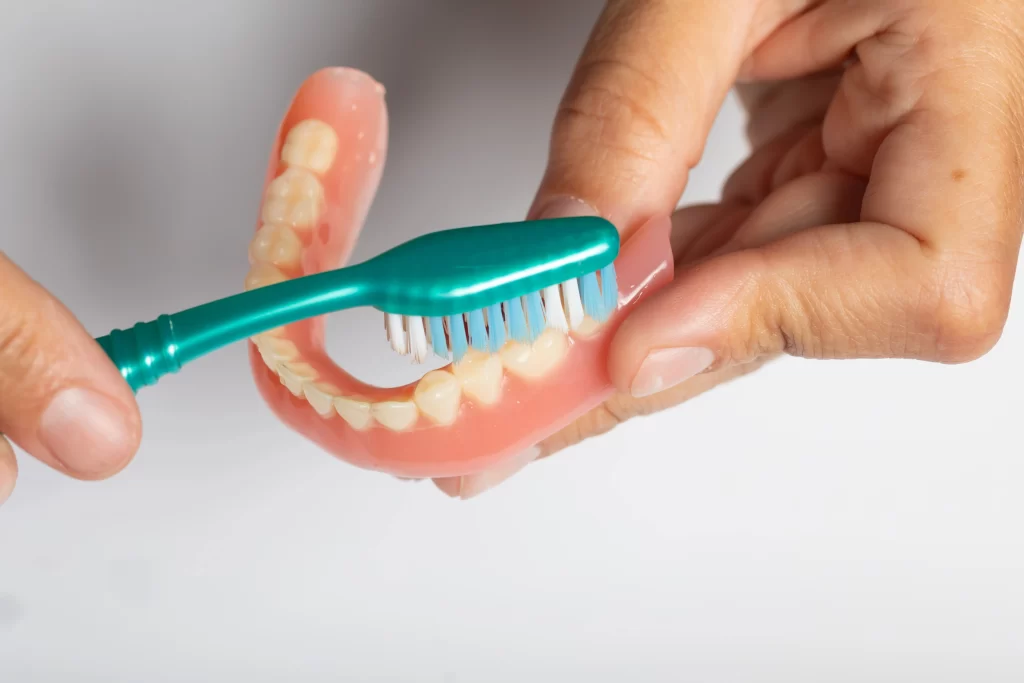Dental Prosthesis Guide – Types, Materials, and What to Expect

Losing one or more teeth can affect more than just your smile. It can change how you speak, eat, and even how your jawbone holds its shape over time. For many Australians, dental prostheses offer a reliable solution to restore both form and function. Whether it’s a single crown or a full set of dentures, understanding the types available and the processes involved can help patients make informed choices with their dental provider.
This guide explores the major types of dental prostheses, their materials, how they’re fitted, who might need them, and how to care for them long term.
What is a dental prosthesis and who might need one?
A dental prosthesis is an artificial device, such as a denture or bridge, that replaces missing teeth or corrects the form and function of the mouth. They are designed to restore a patient’s ability to eat, speak, and smile with confidence, and can be either removable or fixed in place.
A dental prosthesis is a custom-made appliance designed to replace missing teeth or parts of the mouth’s structure. It may be fixed (permanent) or removable, depending on the patient’s needs and oral health condition.
You may need a dental prosthesis if you:
- Have lost teeth due to decay, injury, or gum disease
- Need to protect weakened teeth (e.g., after a root canal)
- Want to improve their bite function or speech
- Experience jawbone loss that needs stabilisation
Older Australians, those with chronic gum disease, and patients who have undergone facial trauma are most commonly advised to consider dental prosthetic solutions.

Types of dental prostheses available in Australia
Common dental prosthesis types:
- Dentures – Replace a few teeth (partial dentures) or an entire arch (complete dentures)
- Crowns – Caps that restore shape, size, and strength to damaged teeth
- Bridges – Replace one or more missing teeth by attaching to adjacent teeth or implants
- Veneers – Custom-made shells bonded to the front of teeth to improve appearance
- Implants – Titanium fixtures embedded into the jawbone to support replacement teeth
Fixed dental prostheses for permanent tooth replacement
Fixed prostheses are permanently cemented or screwed in place and are not meant to be removed by the patient.
- Crowns – Cover and protect decayed or damaged teeth
- Bridges – Fill the gap of one or more missing teeth using neighbouring anchors
- Dental implants – Secure prosthetic teeth into the jawbone for lasting stability
- Veneers – Enhance front teeth appearance with minimal preparation
Removable dental prostheses for flexibility and cost-effectiveness
For patients looking at removable options, complete and partial dentures are commonly recommended.
Removable prostheses can be taken out and cleaned daily, offering a less invasive option.
- Complete dentures – Replace all teeth in the upper or lower arch
- Partial dentures – Clipped onto remaining teeth for those with some natural teeth
- Implant-retained dentures – Anchored to implants but still removable for cleaning
Common materials used in dental prosthesis fabrication
Dental prostheses are made using materials designed for durability, biocompatibility, and aesthetics.
Typical materials include:
- Porcelain – Aesthetic and tooth-like, ideal for crowns and veneers
- Zirconia – Strong and durable for molar crowns
- Acrylic resin – Lightweight option used in many dentures
- Titanium – Biocompatible material used for implants
- Metal alloys – Offer strength and support for bridges
The choice of material depends on location in the mouth, function, budget, and personal preference.
The dental prosthesis procedure: What to expect
General steps in the process:
- Initial assessment – Clinical exam, digital imaging, and health evaluation
- Impressions – Custom moulds ensure a precise fit
- Temporary prosthesis (if needed) – Offers function and appearance during fabrication
- Final fitting – Permanent prosthesis is fitted and adjusted
- Follow-up visits – Ensure comfort and fine-tuning
For implant-supported prosthetics, surgical placement and healing (osseointegration) can take several months. According to the Mayo Clinic, gum tissue typically heals in 1–2 weeks, with bone integration taking 2–6 months before the final restoration is placed.
Fixed prostheses:
- Function like natural teeth
- Require good jawbone and gum health
Removable prostheses:
- Lower upfront cost
- Easier daily maintenance
- Suitable for those with compromised bone or medical conditions
How long does a dental prosthesis last and how to maintain it?

Understanding proper care is key to longevity. If you’re concerned about tooth decay or implant health, this guide on decayed teeth repair offers helpful insights.
Typical lifespan:
- Crowns and bridges: 10–15 years
- Dentures: 5–10 years
- Implants: 20+ years
Care tips:
- Brush twice daily and floss once a day
- Clean removable dentures using a non-abrasive cleanser
- Avoid chewing hard objects
- Attend dental check-ups every 6 months
According to WebMD, dental implants have a success rate of up to 98% and can last many years with proper care.
Adapting to your dental prosthesis: Lifestyle and care tips
Most people adjust well to their dental prosthesis after a short period.
Expect the following:
- Minor speech changes that resolve in 1–2 weeks
- Eating soft foods during initial adaptation
- Boost in confidence due to improved aesthetics
- Need for diligent hygiene practices
Removable prostheses should be taken out at night to give the gums a break and reduce infection risk.
Who is a suitable candidate for a dental prosthesis?
Not everyone will be suited to the same prosthetic solution. A personalised evaluation is essential.
Factors considered include:
- Number and position of missing teeth
- Bone quality and density
- Oral hygiene habits
- Budget constraints
- Lifestyle preferences
Patients with conditions such as diabetes, smokers, or those with active gum disease may require additional preparation.
Final thoughts
You can also browse Dr. Bobby Chhoker’s extensive Smile Gallery to see real patient results from dental prosthetic treatments. Dental prostheses offer a practical way to restore both function and appearance after tooth loss. With options ranging from fixed implants to removable dentures, and materials designed for strength and natural aesthetics, there’s a solution to suit nearly every patient.
Working closely with a qualified dentist ensures a smooth treatment process and ongoing care, setting the foundation for a healthier, more confident smile. If you’re considering a dental prosthesis, you can explore tailored solutions through a personalised consultation with Dr. Bobby Chhoker to determine the best course for your oral health and long-term comfort.
